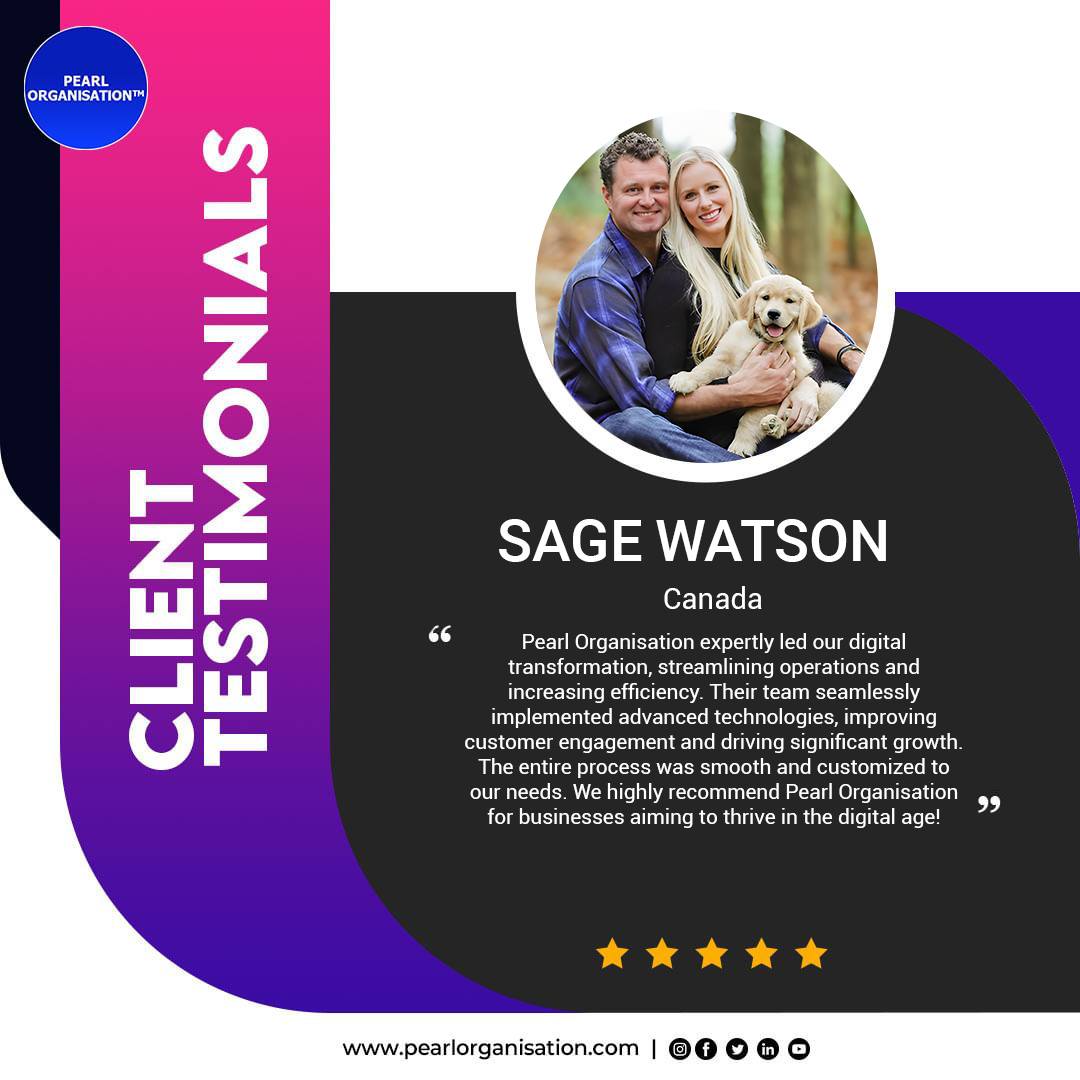Why Cybersecurity and Compliance Define the New ITES Success Formula
- Larrisa
- Sep 18
- 7 min read

Introduction: The New Era of ITES
The ITES (Information Technology Enabled Services) industry has transitioned from a cost-focused outsourcing model to a value-driven, trust-centric ecosystem. Global enterprises no longer choose partners solely for efficiency; they prioritize security, regulatory alignment, and risk management.
In this environment, cybersecurity and compliance are not side components — they are the core success formula. Without them, ITES companies cannot scale globally, retain enterprise clients, or navigate the regulatory landscape. With them, they can thrive in competitive markets, protect client data, and create long-lasting trust.
Why Cybersecurity is the Backbone of ITES
1. Expanding Digital Attack Surface
ITES organizations handle massive volumes of sensitive customer data, financial transactions, medical records, and proprietary business information. With cloud adoption, remote work, and IoT proliferation, the attack surface has multiplied.
Example: A customer support center operating remotely has thousands of endpoints. Without proper endpoint security, one compromised device can lead to a global breach.
2. Sophistication of Threat Actors
Cybercriminals now leverage AI, machine learning, and automation to conduct phishing, ransomware, and supply chain attacks. ITES providers, often with access to critical client infrastructure, become prime targets.
Real-World Insight: According to IBM’s 2024 Data Breach Report, the average breach cost in IT services is $4.45 million, with 52% of breaches linked to supply chain vulnerabilities.
3. Reputation and Trust Are Fragile
One breach can destroy a decade of credibility. ITES players must demonstrate robust cybersecurity to assure clients their business is safe.
Enterprises often include cybersecurity audits in vendor onboarding. Without compliance proof, many ITES providers are disqualified from contracts.
Why Compliance is the Growth Catalyst
1. A Complex Regulatory Web
ITES companies serve clients across industries and geographies, each with distinct regulations:
Finance: PCI-DSS, SOX
Healthcare: HIPAA
Global Data: GDPR, CCPA
Information Security: ISO 27001, SOC 2
Non-compliance leads to hefty penalties, loss of business licenses, and reputational harm.
2. Compliance as a Trust Signal
Clients in banking, insurance, and government sectors require evidence of compliance before awarding projects. Certifications and audits become trust accelerators in sales and retention.
3. Continuous, Not One-Time
Compliance isn’t a one-off audit; it demands continuous monitoring, reporting, and updates. ITES providers that build compliance into their culture become long-term partners of choice.
When integrated, cybersecurity and compliance create a resilient, scalable, and trustworthy ITES model.
The Formula Framework
Element | Cybersecurity Role | Compliance Role | Business Impact |
Identity & Access Management (IAM) | Prevents unauthorized access with MFA, least privilege | Ensures GDPR/ISO requirements for access control | Protects sensitive data, avoids insider breaches |
Vulnerability Assessment & Penetration Testing (VAPT) | Identifies system weaknesses | Required by PCI-DSS, SOC 2 | Reduces breach probability, builds client confidence |
Incident Response & Recovery | Detects and mitigates breaches quickly | Ensures compliance with breach reporting timelines | Minimizes downtime, avoids legal penalties |
Governance, Risk, and Compliance (GRC) | Establishes proactive risk culture | Maps policies to regulations | Reduces audit failures, builds trust |
Threat Intelligence & Modelling | Predicts attack scenarios | Demonstrates proactive risk management | Enhances resilience, lowers insurance premiums |
Business Benefits of Embedding Cybersecurity and Compliance
Client Retention and Acquisition
Enterprises choose ITES partners that are certified and compliant.
Cybersecurity maturity boosts bid success rates.
Operational Continuity
Preventing breaches avoids service downtime, critical in industries like banking or healthcare.
Reduced Financial Risks
Strong security reduces the likelihood of multi-million-dollar breaches.
Compliance avoids regulatory fines that can exceed €20M (GDPR) or 4% of global turnover.
Brand Reputation and Market Differentiation
In a competitive ITES landscape, being compliance-first positions a company as premium and reliable.
Global Scalability
Compliance certifications enable entry into regulated industries and international markets.
Challenges ITES Firms Face in Cybersecurity & Compliance
Evolving Regulations: Staying updated with ever-changing global laws is complex.
Human Error: Over 80% of breaches involve employees, making awareness critical.
Resource Constraints: Mid-size ITES firms struggle with budget and skilled security professionals.
Balancing Agility with Security: Fast IT delivery often ignores secure coding or audits.
Third-Party Risks: Vendors and subcontractors can create hidden vulnerabilities.
Overcoming the Challenges: The Way Forward
Adopt a Zero-Trust Architecture
Never trust, always verify — every user, device, and connection must be authenticated and authorized.
DevSecOps Integration
Embed security into the development lifecycle for continuous compliance.
Invest in GRC Tools
Governance, Risk, and Compliance tools provide dashboards for real-time regulatory adherence.
Culture of Security Awareness
Regular phishing simulations, employee training, and executive buy-in reduce human risks.
Partner with Specialists
ITES providers should collaborate with cybersecurity consulting experts who can deliver IAM, VAPT, threat modelling, and compliance frameworks.
Case for Strategic Partnership with Cybersecurity Experts
ITES firms often lack the in-house expertise or budget to build full security and compliance frameworks. Partnering with specialists ensures:
Tailored Cybersecurity Strategy aligned to business goals.
Regulatory Mapping across multiple geographies.
Proactive Threat Monitoring using global threat intelligence.
Audit Readiness & Certification Support for ISO, SOC 2, GDPR, HIPAA.
End-to-End Incident Handling for resilience.
👉 Pearl Organisation provides all these services:
Conclusion: Cybersecurity + Compliance = Survival + Growth
For ITES providers, cybersecurity and compliance are no longer cost centers; they are growth enablers. They protect against threats, build trust with clients, ensure operational resilience, and open doors to global markets.
The new ITES success formula is clear:
Cybersecurity defends.
Compliance assures.
Together, they define trust.
Firms that embed both into their DNA will dominate the next decade of ITES — while those that ignore them risk extinction.
FAQs :
1. Why are cybersecurity and compliance critical for ITES companies in 2025?
Cybersecurity and compliance are the foundation of trust and scalability in ITES. With ITES companies handling vast volumes of financial data, healthcare records, and customer information, a single breach can cause catastrophic loss. In 2024, 83% of IT services companies reported at least one data breach, and 67% of enterprise clients demand regulatory compliance evidence before signing contracts. Without cybersecurity maturity and compliance certifications, ITES firms risk disqualification from global tenders.
2. What are the most common cybersecurity threats to ITES companies?
The top global threats include:
Phishing & Social Engineering (responsible for 36% of breaches, Verizon DBIR 2024)
Ransomware Attacks (global ransomware damages expected to hit $265B by 2031)
Insider Threats (caused 22% of ITES breaches)
Cloud Misconfigurations (leading to $3.18M average loss per incident)
Third-Party & Supply Chain Attacks (52% of breaches in ITES involve vendors)
3. Which compliance standards are most relevant to ITES providers?
The compliance framework depends on geography and industry served:
ISO 27001 – Global standard for information security.
SOC 2 – Ensures security, availability, and confidentiality.
PCI DSS – Mandatory for handling payment data.
HIPAA – Required for healthcare clients.
GDPR & CCPA – Protect consumer data in EU and California.
NIST CSF – Widely used for cyber risk management.
💡 In 2025, 72% of global enterprises make ISO 27001 or SOC 2 compliance mandatory for ITES contracts.
4. How does compliance improve ITES client acquisition?
Compliance acts as a trust signal. A PwC survey found that 88% of enterprises only partner with ITES vendors that are security-certified. Certifications like ISO 27001 or SOC 2 not only reduce audit friction but also increase client retention by 40%, since enterprises feel assured their data is protected under global laws.
5. What is the cost of non-compliance for ITES firms?
The cost is both financial and reputational:
GDPR fines: Up to €20 million or 4% of annual global revenue.
HIPAA fines: Up to $1.5 million per year per violation category.
Reputation Loss: IBM found 60% of customers stop doing business with breached vendors.
Downtime Cost: Average downtime post-breach in ITES = 21 days, costing millions.
6. How does IAM (Identity & Access Management) protect ITES providers?
IAM ensures that only authorized personnel access sensitive systems. By implementing:
Multi-Factor Authentication (MFA)
Single Sign-On (SSO)
Privileged Access Management (PAM)ITES firms reduce insider risks and prevent credential theft. In fact, MFA alone prevents 99.9% of automated account takeover attempts (Microsoft, 2024).
7. What role does VAPT (Vulnerability Assessment & Penetration Testing) play?
VAPT helps identify weak points before attackers do. For ITES firms:
VA scans for misconfigurations, outdated software, missing patches.
PT simulates real-world attacks to expose vulnerabilities.
Regular VAPT reduces breach probability by 45% and is often mandated by ISO 27001, SOC 2, and PCI DSS audits.
8. How can ITES companies build a culture of cybersecurity awareness?
Technology alone isn’t enough — people are the first line of defense.
Conduct regular phishing simulations.
Mandatory employee cybersecurity training.
Leadership-driven awareness campaigns.
According to Proofpoint, organizations with strong security culture saw a 52% lower incident rate than those without.
9. What are the financial benefits of compliance and cybersecurity?
Rather than a cost, it’s an investment with ROI:
Avoided Breach Costs: Average savings of $1.76M per incident (IBM).
Higher Market Access: Compliance unlocks entry into regulated sectors (finance, healthcare, government).
Insurance Discounts: Cyber insurance premiums are 30% lower for certified ITES firms.
Client Retention: Enterprises stay 3x longer with secure and compliant vendors.
10. How does compliance support global ITES scalability?
Without compliance, scaling is impossible. For example:
A firm serving EU clients must be GDPR compliant.
A U.S. healthcare project requires HIPAA.
A banking BPO must comply with PCI DSS.
Compliance ensures legal entry into new geographies and industries, enabling global scalability.
11. What is the difference between compliance and cybersecurity in ITES?
Cybersecurity = Tools, technologies, and processes to defend systems against threats.
Compliance = Adhering to laws, frameworks, and standards for regulatory assurance.
💡 Together, they form the “Trust Equation”:Cybersecurity defends → Compliance assures → Clients trust → Business grows.
12. How does Zero Trust benefit ITES companies?
Zero Trust assumes no one is trustworthy by default. Every access request must be:
Verified
Monitored
Logged
Gartner predicts that by 2027, 60% of enterprises will adopt Zero Trust as a starting point for cybersecurity, making it a non-negotiable for ITES vendors.
13. What are the biggest challenges in maintaining compliance?
Constantly changing regulations (GDPR, AI Act, Data Sovereignty Laws).
Limited resources for mid-size ITES firms.
Global operations that require multi-standard alignment.
Audit fatigue due to frequent client requests.
Solution: Adopt GRC frameworks and partner with experts like Pearl Organisation to stay ahead.
14. What industries benefit most from ITES cybersecurity and compliance?
Banking & Finance – PCI DSS, SOC 2, ISO 27001.
Healthcare – HIPAA, GDPR.
E-commerce – PCI DSS, CCPA.
Government & Defense – NIST, ISO 27001.
Telecom & IT – SOC 2, GDPR.
💡 ITES partners with compliance maturity win 65% more contracts in regulated industries.
15. How can ITES companies future-proof cybersecurity & compliance?
Future-proofing ensures not just protection today, but scalability tomorrow.

































